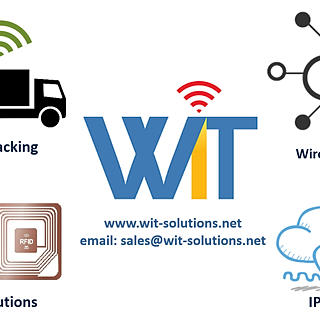Lost Cylinders, Found Profits: Why RFID is a Must for LPG Inventory Control
- wit-tech
- Sep 29
- 2 min read
By witzense.com
Audience: Business decision-makers, operations executives
Lost Cylinders, Found Profits: Why RFID is a Must for LPG Inventory Control
Every year, LPG operators lose significant revenue due to one simple issue: untracked gas cylinders.
Whether it’s a misplaced container, delayed return, or poor inventory oversight, these small lapses add up. If you’re still relying on barcodes or manual tracking, you’re leaving money—and safety—on the table.
It’s time to consider RFID.
Witzense.com works with Xerafy and leading tag manufactures to deliver a ones top solution for the enterprise
The Hidden Costs of Poor Cylinder Tracking
Here’s what’s at stake for LPG operators:
Lost cylinders: Each missing cylinder can cost $50–$150+ to replace.
Poor utilization: Without visibility, cylinders sit idle instead of generating revenue.
Regulatory risk: Incomplete records mean failed audits and potential fines.
Inefficient operations: Manual scanning slows down your teams and increases human error.
RFID: A Smart Investment That Pays for Itself
RFID isn’t new—but its application in LPG logistics is gaining momentum thanks to breakthroughs in passive UHF tags that work reliably on metal and in harsh environments.
Here’s what RFID delivers:
✅ Real-time inventory: Know exactly how many cylinders you have and where they are.
✅ Loss prevention: Each cylinder gets a unique ID—easy to trace, easy to audit.
✅ Faster operations: Read hundreds of tags in seconds, even in bulk.
✅ Data-driven decisions: Track usage, optimize refill cycles, and forecast demand.
✅ Compliance assurance: Maintain accurate service, testing, and safety logs.
RFID deployments by Xerafy have helped LPG providers gain full control of their assets, streamline logistics, and prevent losses at scale.
The result? Higher profits, safer operations, and happier customers.
If you're serious about transforming your LPG operations, RFID isn’t just a technology—it’s a strategic advantage.







Comments